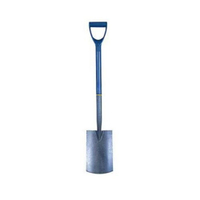How to get rid of bamboo roots – 3 ways to ensure they don't come back
We asked the experts how to get rid of this stubborn invasive plant for good
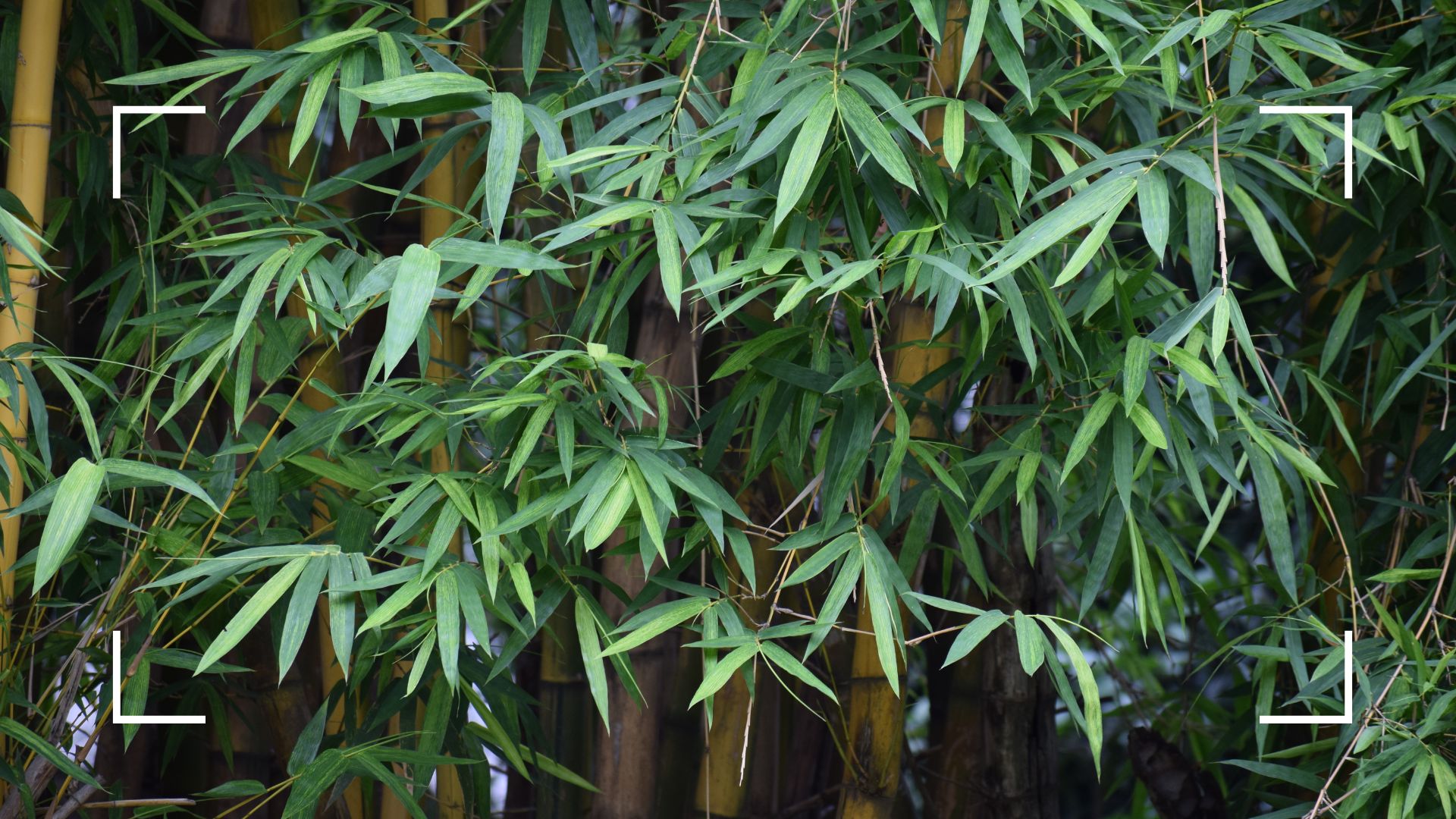

As one of the most stubborn species in the plant world, removing bamboo and killing its roots can seem almost impossible. This is why we spoke to the garden experts to find out how to get rid of the plant for good.
Out of all the possibly invasive plants in your garden, bamboo might be one of them that you'd rather keep around. Bamboo can be one of the best garden fence ideas, but its roots are ruthless and will quickly take over your garden if you let it.
So before your bamboo plant and its roots spread through your entire plot, try out these expert-approved methods to get rid of it and ensure it never comes back.
How to get rid of bamboo roots: an expert guide
In the same way you get rid of weeds in your grass, getting rid of bamboo can become a rather overwhelming task. So finding the right method to suit your budget, situation and preference is really important.
1. Manual removal
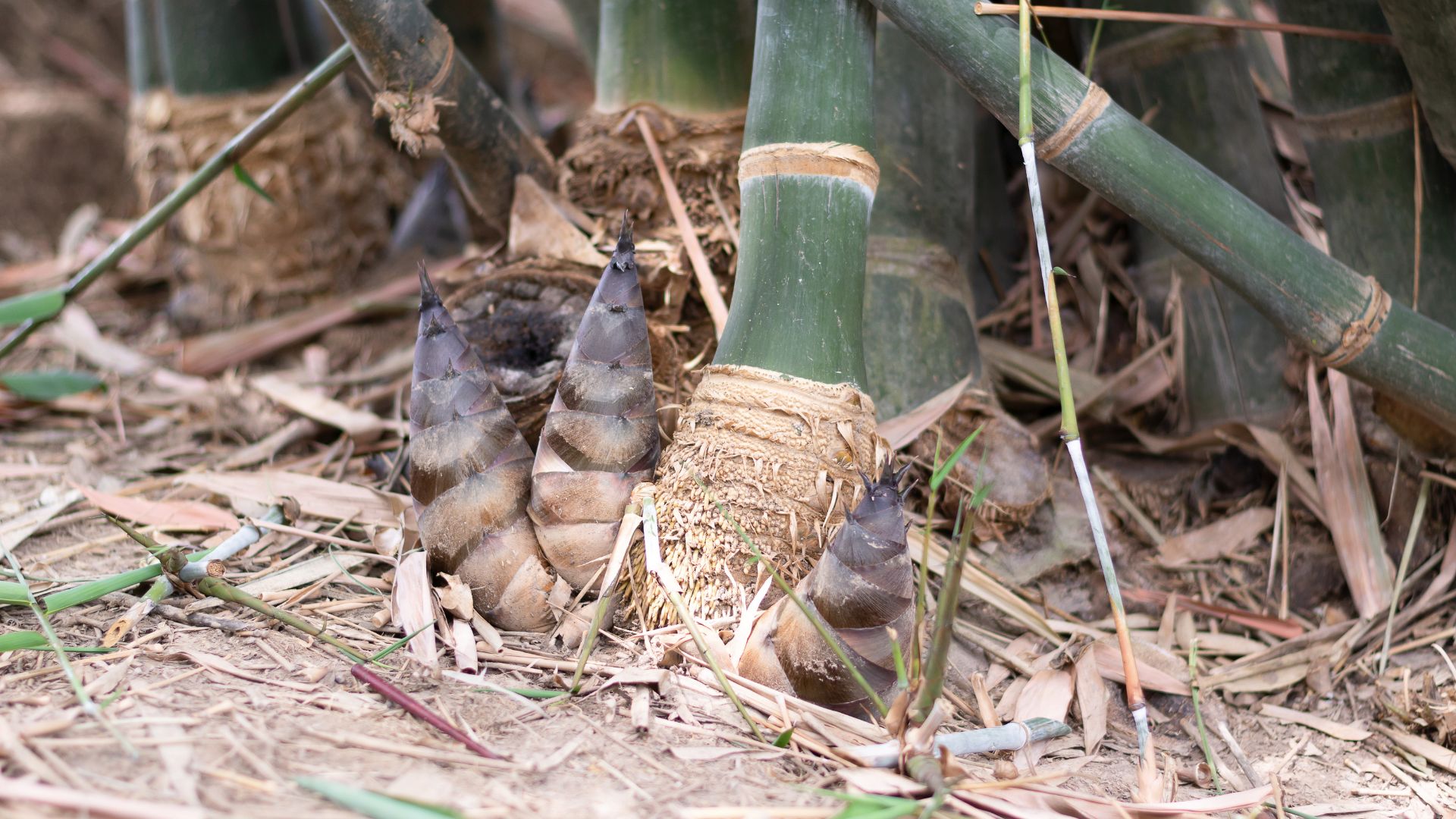
It's time to get your essential gardening tools together and tackle your bamboo the old-fashioned way. Using a manual approach is the best for an eco-friendly and permanent solution, much like getting rid of ivy naturally.
"First, gather your tools, " says Fiona Jenkins, a gardening expert at MyJobQuote. "Sharp shovels, sturdy axes, and pry bars will be your allies. Then water the bamboo patch a few days beforehand to loosen the soil, making the excavation less difficult. After that, cut down all existing bamboo culms to near ground level as this will eliminate the energy source that fuels root growth."
Fiona then says, "Start digging a trench around the perimeter of the bamboo clump, going at least a foot deep. As you go, sever any rhizomes you encounter using the axe or a sharp spade.
Sign up for the woman&home newsletter
Sign up to our free daily email for the latest royal and entertainment news, interesting opinion, expert advice on styling and beauty trends, and no-nonsense guides to the health and wellness questions you want answered.
Remember, the goal is to remove every single piece of root possible. Once you've isolated the main clump, begin digging inwards, carefully extracting the rhizomes and roots. A strong fork or trowel can help pry out smaller sections."
Bear in mind that this process can be time-consuming and may require multiple sessions, especially for larger bamboo stands. But keep going, the key is to be persistent and thorough with your removal.
Heavy Duty 1m Digging Spade: £26.49 at B&Q
It's always best to invest a little more money if you can into your gardening tools, not only so they do the job right but they also last longer. This one from B&Q has a hammer-finished blade and comes with a year guarantee.

With over 25 years of experience under her belt, Fiona is a trained gardener who offers advice and insight to several trade companies and homeowners. She has also been featured as a gardening expert for several publications.
2. Chemical solution
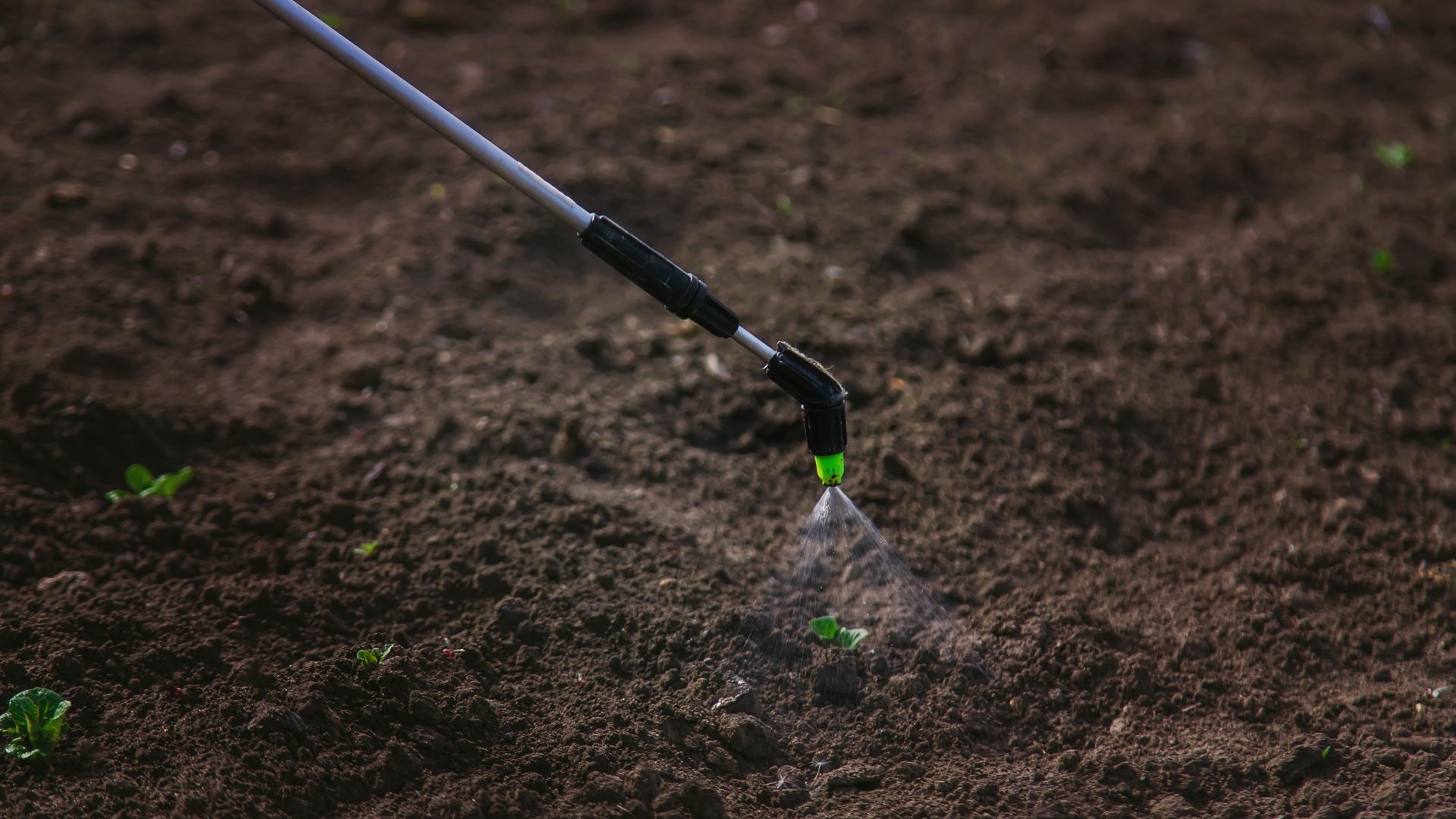
Should you not have the time or the energy to do manual removal, you can also go the chemical route. Chemicals, whilst controversial in regards to the rewilding garden trend, can be super helpful when getting rid of pests or stubborn plants.
"Not all herbicides are created equal, make sure to look for products containing glyphosate that are effective against bamboo," says Fiona. "Consult a professional at your local garden centre to ensure you get the right formulation for your specific bamboo species".
When using herbicides, Fiona is quick to stress the importance of an accurate application.
She explains, "Herbicides can harm surrounding plants if not applied carefully. Opt for a selective herbicide or use methods like the stem injection technique to minimise collateral damage."
Just be aware that whilst herbicides can kill existing bamboo they may not completely eradicate the root system so you might need to follow up with a manual removal.
Homebase Protect & Grip Gardening Gloves: £4 at Homebase
These gloves are perfect for protecting your hands when dealing with pesticides, they're made from durable materials so they'll last year after year too. Their specialised gripped design is ideal for root removal and weeding.
3. Natural approach
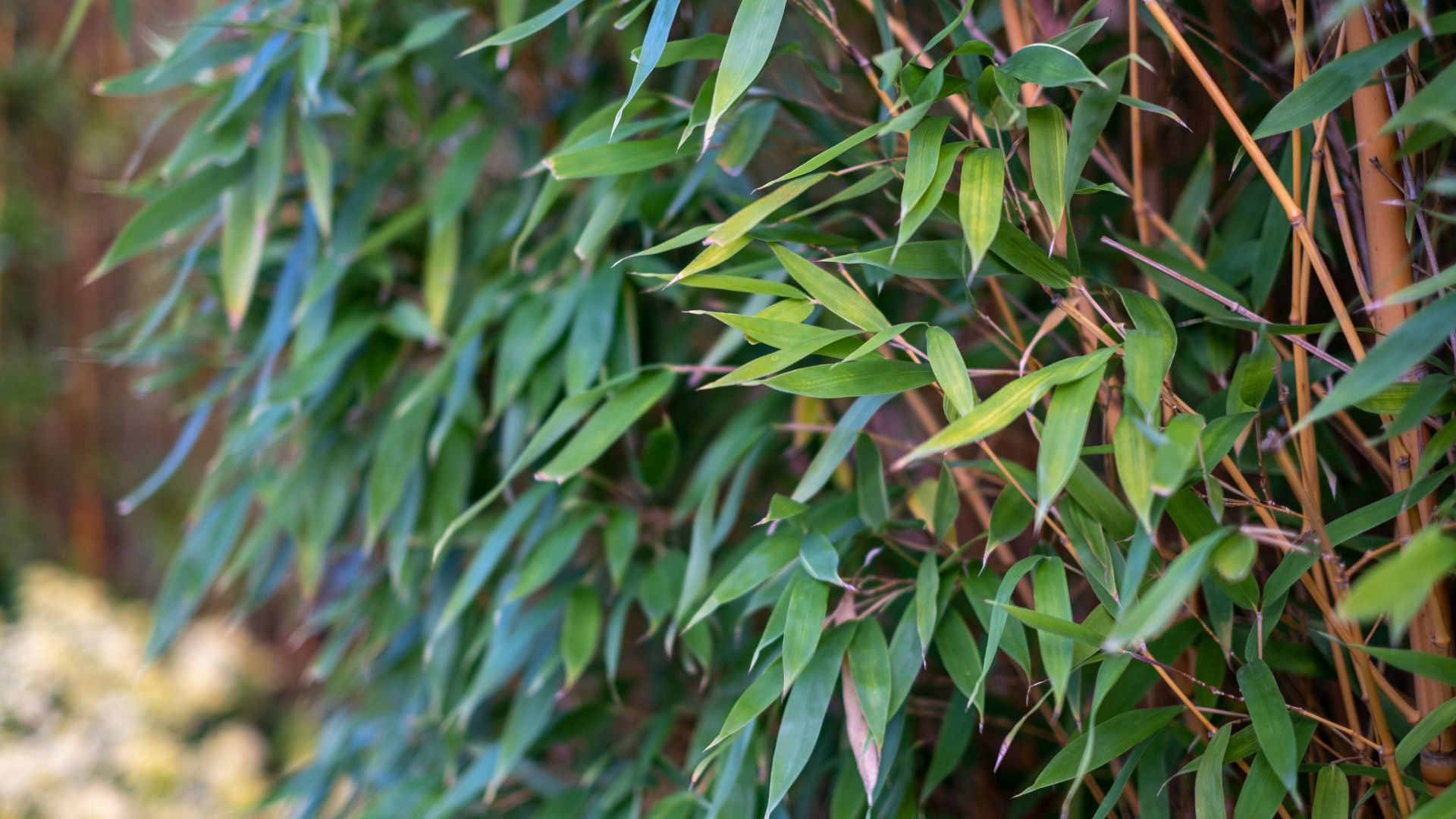
If you're participating in the mosaic trend or even the overgrown gardening trend, then chemicals might not be the route for you. Luckily other options will avoid too much manual work whilst also keeping harmful chemicals out of your garden completely.
Fiona suggests a boiling water method, she says, "This age-old method involves pouring boiling water directly onto exposed roots. While effective on surface roots, it might not penetrate deep enough and will need to be repeated on new growth."
Fan of cleaning with vinegar? Fiona says you can also take the power of white vinegar outside too. We know it's regarded as a natural, cheap weed-killer hack but as it turns out it's also good for treating bamboo roots.
"Undiluted white vinegar can dehydrate and kill exposed roots when applied directly. Similar to boiling water, this is a temporary solution and requires consistent follow-up on new shoots," she explains.
Aside from these two methods, you can also mow the bamboo. Fiona says whilst it's not a root-killing method, persistent mowing of new bamboo shoots can weaken the plant over time. She does say that this strategy works best for small areas and requires diligence to ensure no shoots are missed.
Home Stuff Natural White Vinegar, 1L: £6.99 at Amazon
This 100% white vinegar can not only be used to help kill your bamboo roots outside it can also help with cleaning your home.
FAQs
What damage can bamboo roots do to your garden?
Similar to how leatherjackets in your lawn can quickly damage the entire space, leaving bamboo roots for too long can have quite a destructive outcome.
"The main problem with bamboo is that the underground rhizomes spread so fast that they can easily get under your property and your neighbour’s," says Andy Ellis, professional gardener and interior designer at Posh UK.
"This can lead to structural damage as the roots move through the ground and begin to penetrate walls, foundations, and even the floors."
Bamboo rhizomes are underground stems which grow horizontally and produce buds capable of developing into more bamboo shoots. These roots can be particularly stubborn with some cases of them pushing through concrete and asphalt.
Why is bamboo so hard to get rid of?
Like most invasive plants, bamboo is hard to get rid of for a number of reasons.
"The extensive root system and rapid growth don’t help, especially since the roots can spread up to 30 feet away from the parent plant," Andy explains. "The worst thing is the fact that bamboo has regenerative abilities."
He points out that even the smallest fragments of rhizomes left in the ground can be used to heal and repair the bamboo which will make it stronger and allow new shoots to appear.
He explains, "It’s even resistant to most herbicides - making it an absolute beast to try and permanently remove." This is why you'll need to do your research when choosing the chemical removal route, using a herbicide that isn't aggressive enough will only leave you with lacklustre results.
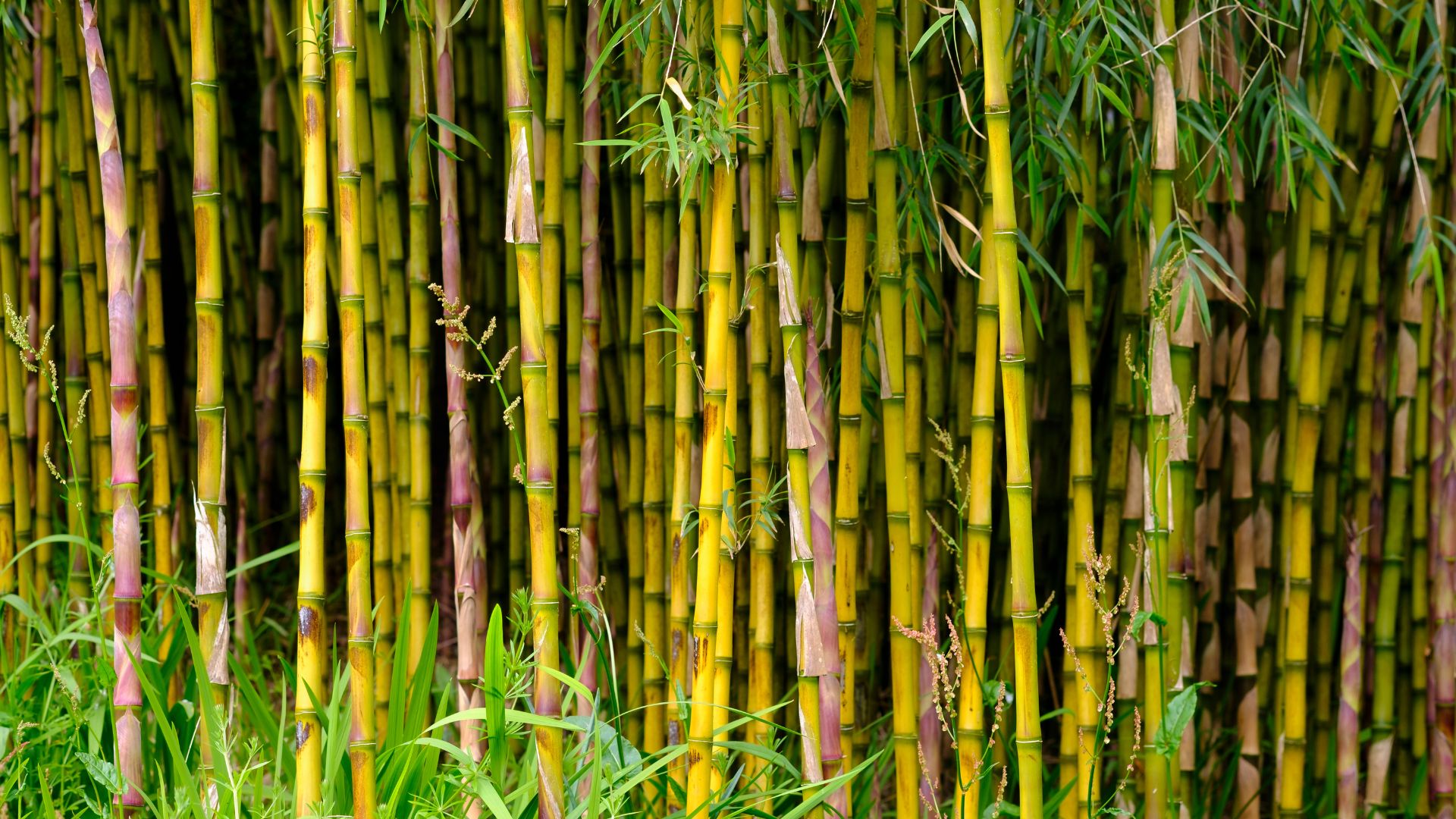
How can you stop bamboo from coming back?
Luckily there are several ways you can keep the bamboo away once you've finally tackled it. Whether you want to prioritise sustainable garden ideas with more natural solutions or are happy to take the chemical route, Fiona shares some ideas to stop the roots from returning.
For physical barriers, Fiona says you can either choose between rhizome barriers or trench warfare. She explains, "Rhizome barriers are sheets of heavy-duty plastic or metal installed vertically around the perimeter of your bamboo patch.
They act as a physical wall, blocking the horizontal growth of rhizomes and preventing them from venturing beyond the designated area. Choose a barrier material with a depth of at least 30 inches (76 cm) to ensure effectiveness."
Trench warfare on the other hand, "This method involves digging a trench around the bamboo clump, at least 2-3 feet (0.6-0.9 meters) deep, and lining it with the same heavy-duty plastic or metal barrier used for above-ground installations. This creates a deep, continuous barrier that effectively hinders both shallow and deep root growth."
Fiona also recommends regular monitoring for new root growth and applying a thick layer of organic mulch around the back of the bamboo plant to suppress the growth of new shoots.
Should you still be struggling to get rid of your bamboo after trying these expert removal methods, then Fiona recommends consulting a professional. They can help with the manual removal as well as knowing what type of herbicide formulation is needed for your specific species of bamboo.

Emily joined woman&home as a staff writer after finishing her MA in Magazine Journalism from City University in 2023. After writing various health and news content, she now specialises in lifestyle, covering unique cleaning hacks, gardening how-tos, and everything to help your houseplants thrive.
-
 Unforgettable date ideas to make a great first impression or rekindle romance
Unforgettable date ideas to make a great first impression or rekindle romanceForget the same old first date formula - these unforgettable date ideas will leave them thinking about you long after you go home
By Natalie Denton Published
-
 Butter yellow might be the colour of the season, but Amal Clooney is making me want to try sunshine shades
Butter yellow might be the colour of the season, but Amal Clooney is making me want to try sunshine shadesSpark some joy by adding some statement yellow pieces to your wardrobe just in time for summer
By Matilda Stanley Published
-
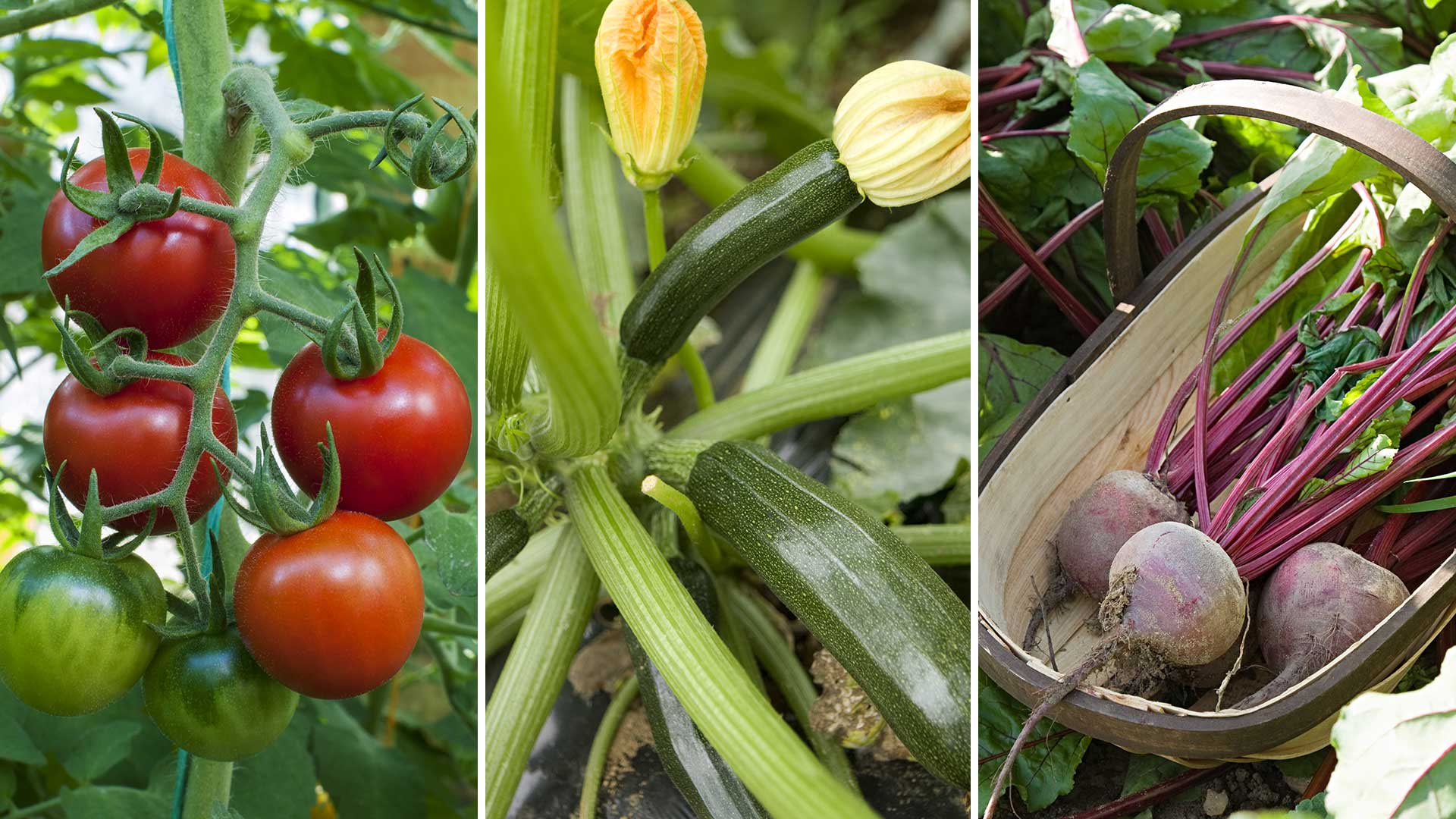 Vegetables to plant in April: 8 crops to start now for a delicious harvest later in the year
Vegetables to plant in April: 8 crops to start now for a delicious harvest later in the yearDiscover which vegetables to plant in April, and top tips for growing success
By Holly Crossley Published
-
 How to plant freesia bulbs: easy steps for colourful summer blooms
How to plant freesia bulbs: easy steps for colourful summer bloomsIf you're looking to add some vivid colour and life to your garden, freesias are the perfect choice
By Emily Smith Published
-
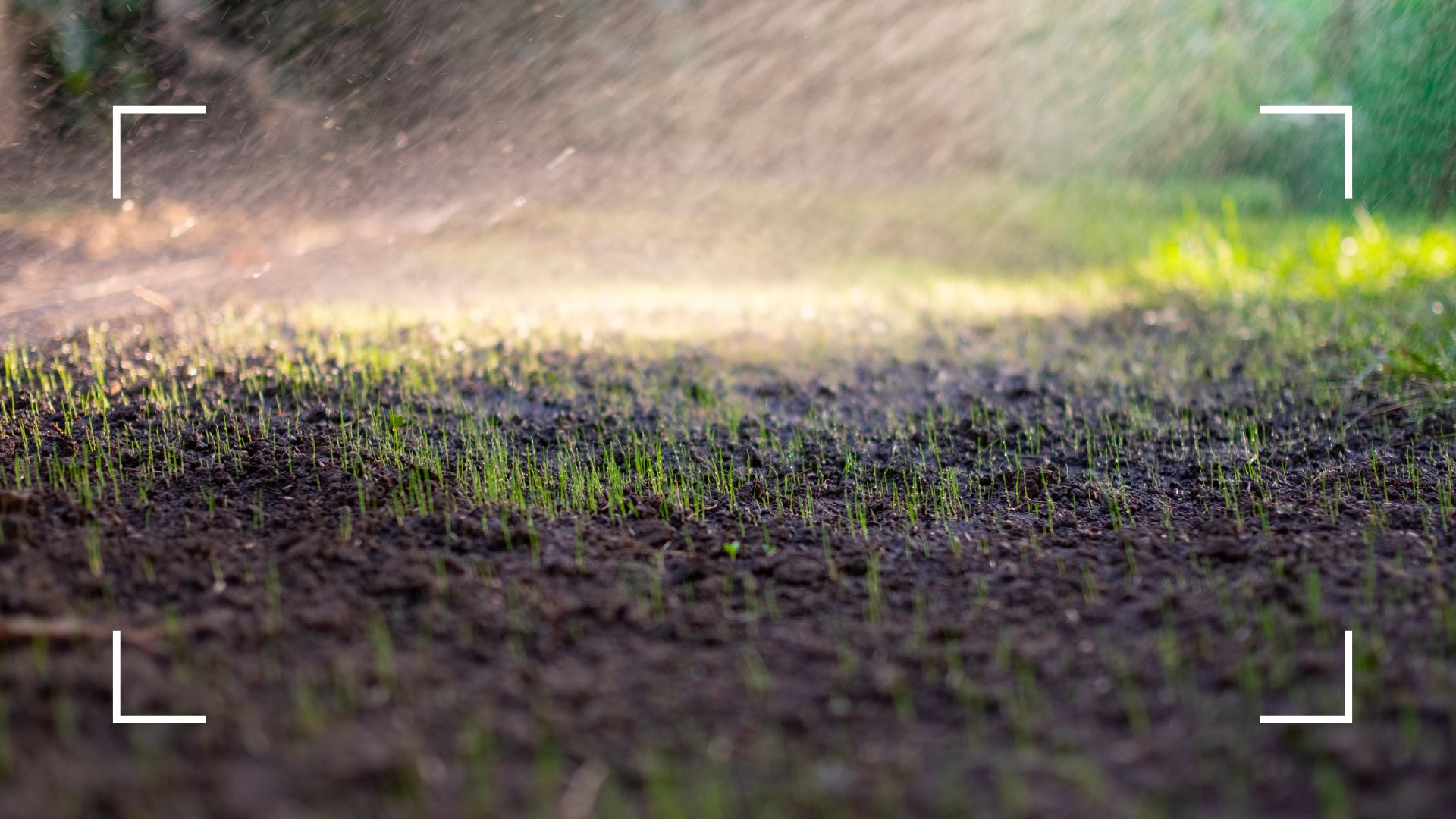 Gardening experts reveal how often you should water grass seed for a luscious lawn this summer
Gardening experts reveal how often you should water grass seed for a luscious lawn this summerWant your lawn to be looking its best by the time summer rolls around? You'll need to make sure you're watering it the perfect amount
By Emily Smith Published
-
 Lynsey Crombie reveals the surprising laundry mistake leaving your clothes smelling 'stale and nasty'
Lynsey Crombie reveals the surprising laundry mistake leaving your clothes smelling 'stale and nasty'Do your clothes smell unpleasant even after you've washed them? It could be your fabric conditioner
By Emily Smith Published
-
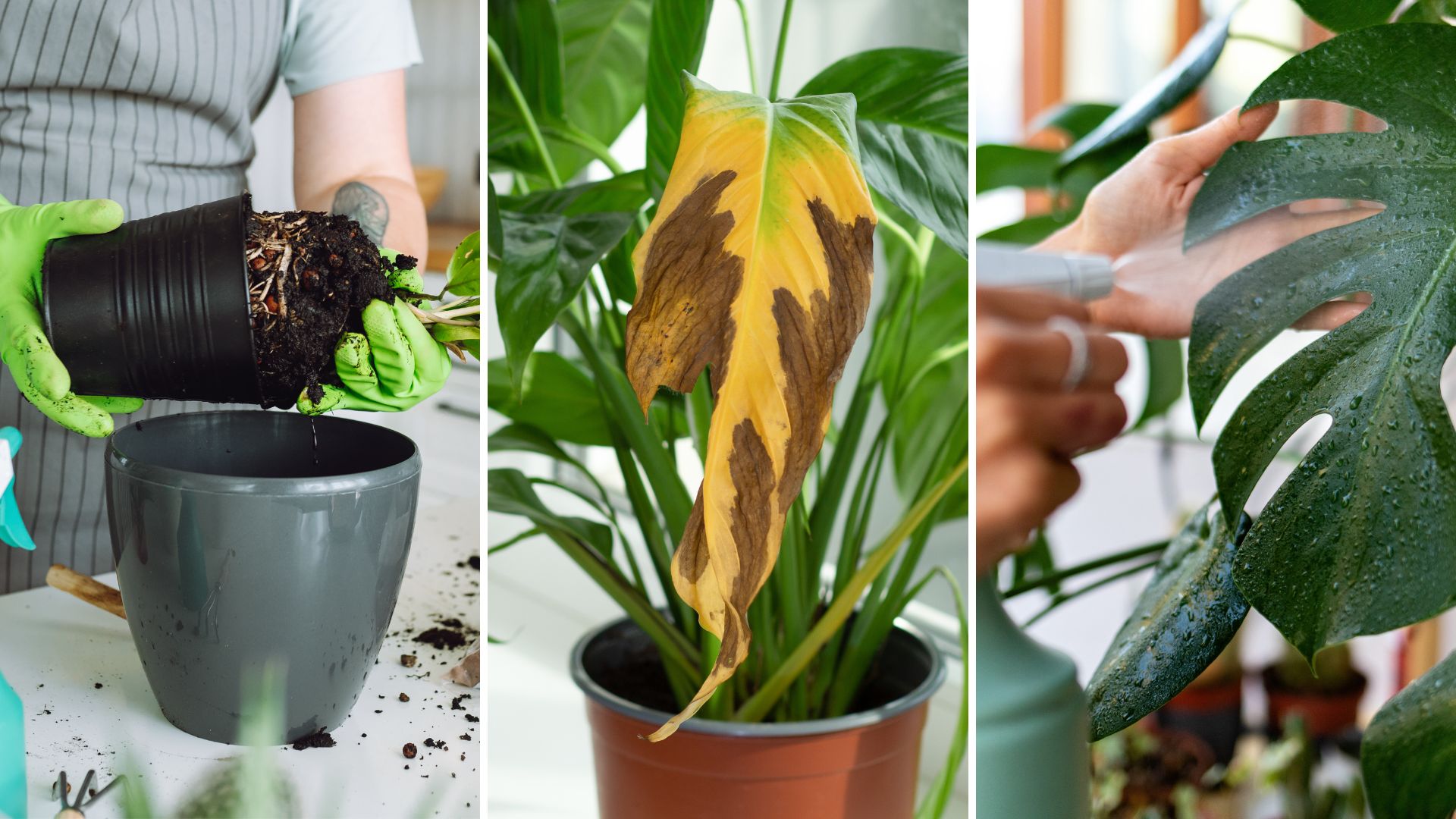 6 common houseplant myths to ignore, warn horticulture experts
6 common houseplant myths to ignore, warn horticulture expertsThese common misconceptions about caring for indoor plants might surprise you – they feel perfectly logical
By Emily Smith Published
-
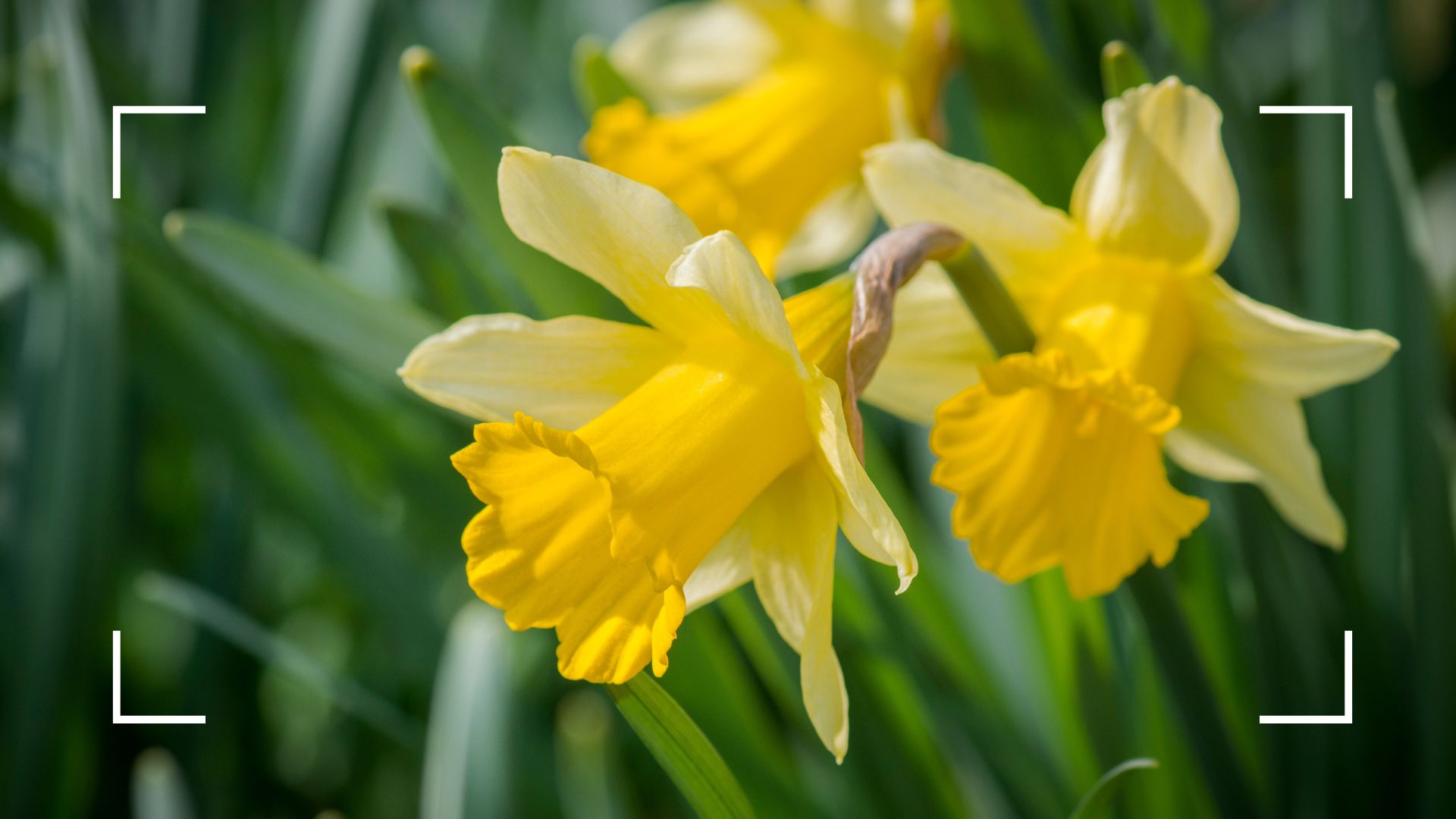 Should you deadhead daffodils? Gardening experts share their advice for longer-lasting blooms
Should you deadhead daffodils? Gardening experts share their advice for longer-lasting bloomsThese butter-yellow flowers are one of the first signs of spring, but should you deadhead or leave them be?
By Emily Smith Published
-
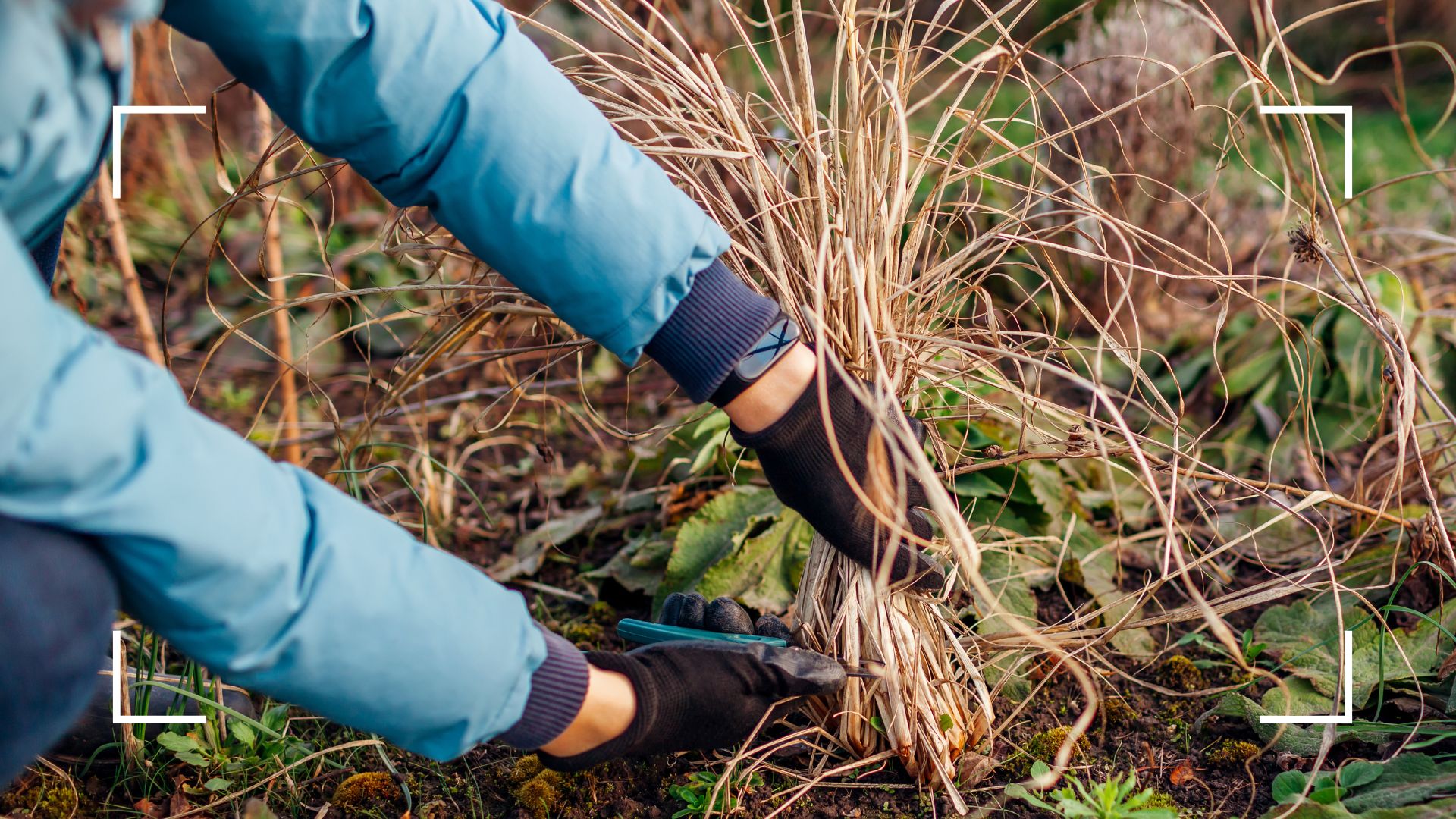 It's time to cut back ornamental grasses, and the expert team at Sarah Raven are here to help
It's time to cut back ornamental grasses, and the expert team at Sarah Raven are here to helpWith spring well and truly here, the team share their top tips to get ornamental grasses ready for new growth
By Emily Smith Published
-
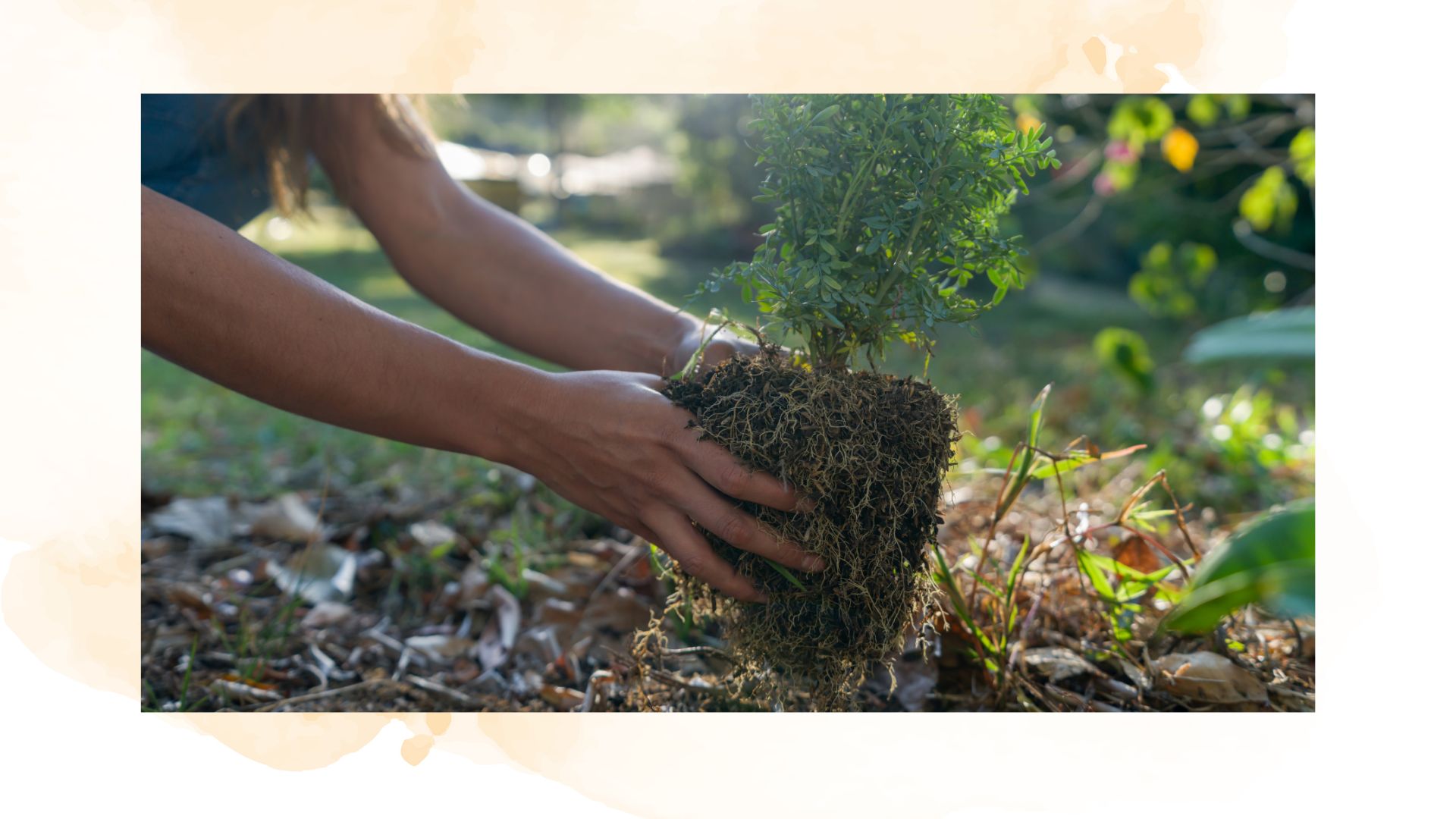 Monty Don's 'genius' planting trick gives outdoor plants the best chance of thriving
Monty Don's 'genius' planting trick gives outdoor plants the best chance of thrivingThis mess-free trick will make planting seamless - and give your plant a great headstart
By Emily Smith Published
